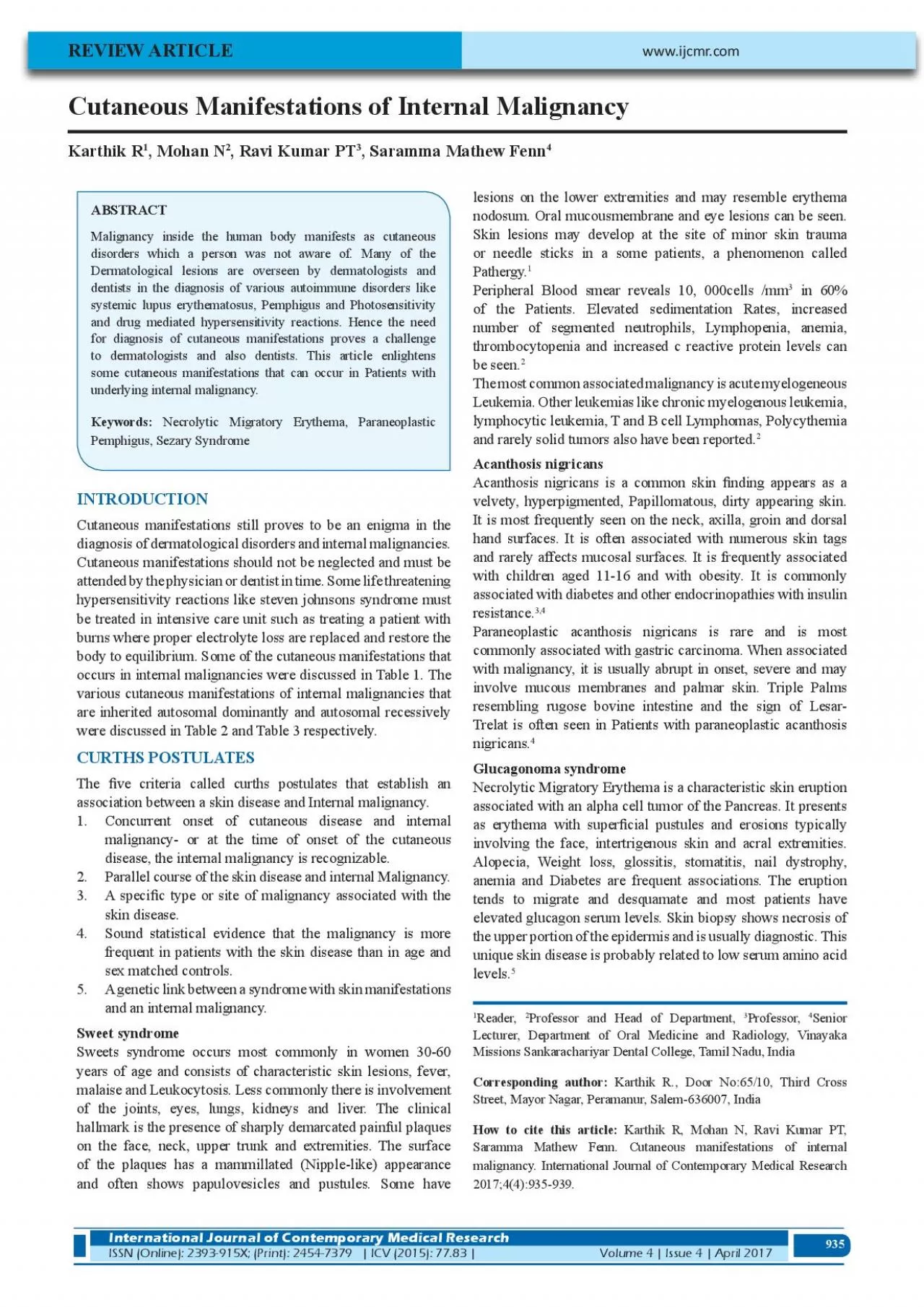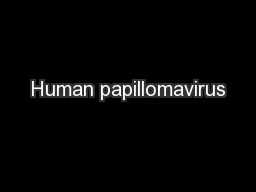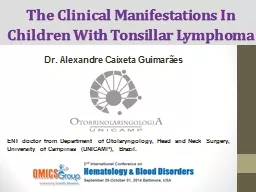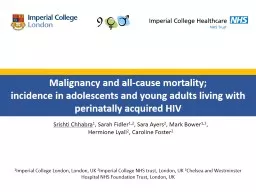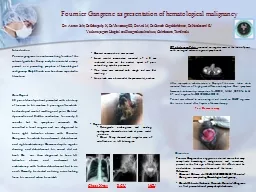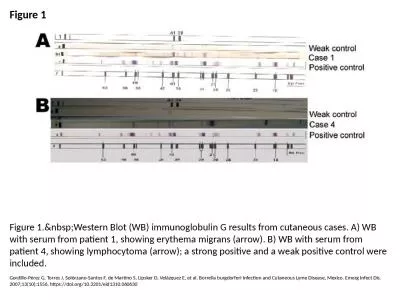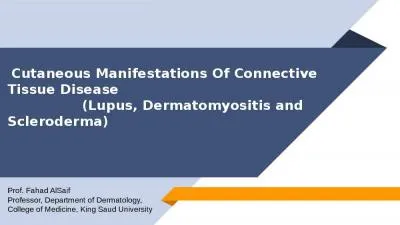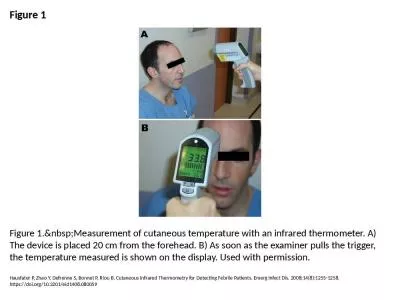PDF-Cutaneous Manifestations of Internal Malignancy
Author : joy | Published Date : 2022-08-26
935 935 Karthik R 1 Mohan N 2 Ravi Kumar PT 3 Saramma Mathew Fenn 4 REVIEW ARTICLE Malignancy inside the human body manifests as cutaneous disorders which a person
Presentation Embed Code
Download Presentation
Download Presentation The PPT/PDF document "Cutaneous Manifestations of Internal Mal..." is the property of its rightful owner. Permission is granted to download and print the materials on this website for personal, non-commercial use only, and to display it on your personal computer provided you do not modify the materials and that you retain all copyright notices contained in the materials. By downloading content from our website, you accept the terms of this agreement.
Cutaneous Manifestations of Internal Malignancy: Transcript
Download Rules Of Document
"Cutaneous Manifestations of Internal Malignancy"The content belongs to its owner. You may download and print it for personal use, without modification, and keep all copyright notices. By downloading, you agree to these terms.
Related Documents

